- TOP
- Search Criteria
- Ningyocho: a Guide to Doll Town

STORY
Experience the Culture of the Edo Period in Ningyocho, Tokyo’s Doll Town
Ningyocho is a neighborhood of the Nihonbashi district, located in Tokyo’s Chuo ward. In the Edo period, it was a flourishing entertainment district that hosted Kabuki theaters and puppet shows. Many puppeteers, doll makers and craftsmen based their activity in this area which was named Ningyocho, (literally “Doll Town”). After the theaters burned down in the late Edo period they were moved to Asakusa.
Ningyocho has kept its name, but you won’t find many dolls here anymore. However, having survived both the Great Kanto Earthquake and the bombings of World War II, this area still retains a strong feeling of the Edo period.
It might look like a regular business district at first glance, but don’t be fooled. Many original houses, long-standing restaurants, traditional craft shops and Japanese sweets shops can be found here. There are also several temples in the area at which a variety of events take place throughout the year.
On the main street, Ningyocho-dori, there are two clock towers. They come alive with a little puppet show for the passers-by to enjoy every hour from 11am to 7pm. One tower features firefighters and the other one rakugo storytellers.
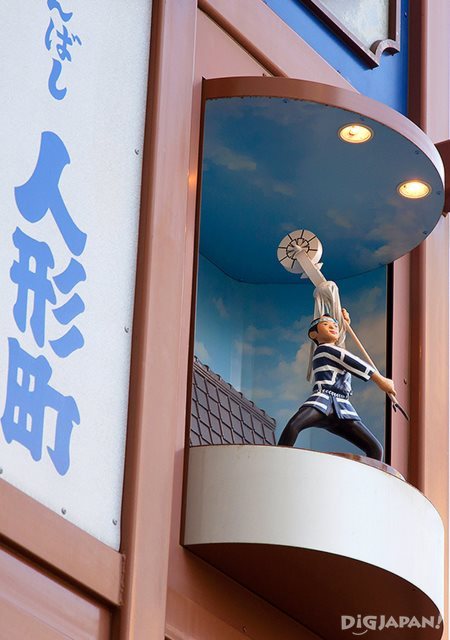
What to do in Ningyoucho
Below is a list of things that you can do in Ningyocho, but don’t limit yourself to these; walk around the area and make sure you explore the side alleys for hidden gems!Start Your Pilgrimage Spiritually at Okannon-ji Temple

This charmingly cute little temple is hidden between the buildings on the main road right by the station. A staircase leads to a torii gate that welcomes you into the small grounds. The main temple is dedicated to Kannon, the Buddhist deity of mercy. There is also a shrine dedicated to Jizo, the guardians of children. Directly attached to it is a tiny Inari shrine, a shrine dedicated to the god Inari. This one is dedicated to Dakini-ten, the goddess riding a white fox.
Okannon-ji is the third temple of the Edo 33 Kannon temples pilgrimage.
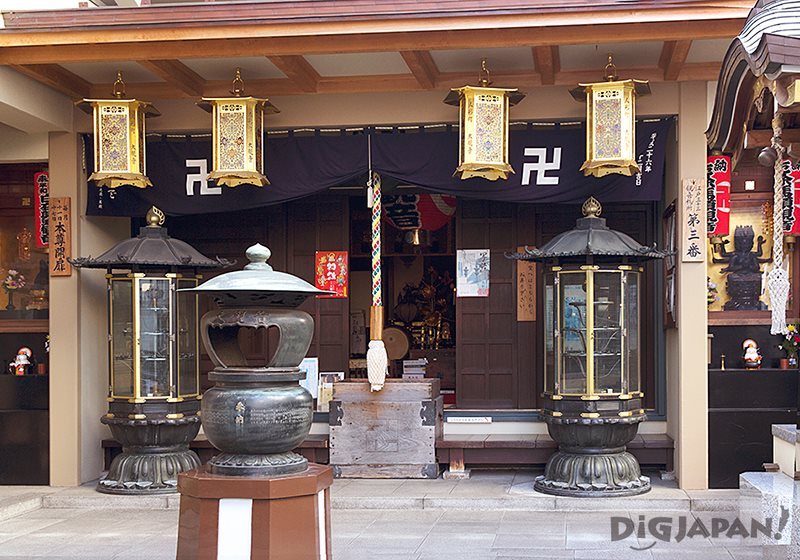
Information
Okannon-ji Temple | 大観音寺Address: 1 Chome-18-9 Nihonbashi Ningyocho, Chuo-ku, Tokyo (Open Map)
Get a Feel for the Shitamachi in Amazake Yokocho Shopping Street

Only about 400 meters long, Amazake Yokocho goes from the Amazake Yokocho crossing just past the station to the Meiji-za Theater. Its name comes from a shop that used to sell amazake, a kind of sweet, low-alcohol sake, at the entrance of the street during the Meiji period. Even if the shop doesn’t exist anymore, the street kept its name and many shops here still serve amazake, especially around New Year.
We recommend skipping breakfast so you can try all the delicious food that this area has to offer such as traditional Japanese sweets, rice crackers, tofu, sushi and tamagoyaki (rolled omelet) to name just a few. Shop around for handmade souvenirs and traditional crafts, and watch skilled craftsmen at work in their stores. Don’t forget to peek in the shamisen shop Bachihanabusa and the tsuzura (wicker boxes for kimono) workshop Tsuzuraya.
Unlike the touristy streets of Asakusa, this road has a much more authentic atmosphere and is the perfect place for those who want to experience Tokyo’s shitamachi (old downtown where the common people lived in the Edo period).

Sample Homemade Anmitsu at Amamidokoro Hatsune

The wooden interior and the soft light coming from the paper covered windows of this cozy and peaceful cafe will bring you back to the Showa era. Established in 1837, Amamidokoro Hatsune serves a variety of traditional Japanese sweets and dishes. The shop owners pride themselves in their discriminating selection of their ingredients like azuki beans and kuromitsu sugar syrup.
Don’t worry that the menu is only in Japanese; plastic models of the food served are showcased outside. If you’re not sure about what to order, go for their amazing anmitsu (700 yen). This is a dessert made of jelly cubes, mochi, fruit, sweet bean paste and topped with sugar syrup. A delicate green tea is served with it for free.
Take out is also available from the window at the front of their shop, but we recommend stopping inside and enjoying the atmosphere. You will be surprised to find the bustling city still there when you come out!

Information
Amamidokoro Hatsune | 甘味処 初音Hours: 11:00am-8:00pm Monday to Saturday, 11:00am-6:00pm on Sundays and holidays
Address: 1-15-6 Nihonbashi Ningyocho Chuo-ku, Tokyo (Open Map)
Munch on a Doll’s Head at Shigemori Eishindo

The staple of this 100 year old establishment is ningyo-yaki, which literally means “cooked dolls!” These small, sweet cakes are shaped like the faces of the Seven Lucky Gods. They are made using a batter of flour, eggs and sugar and filled with koshian (strained red bean paste). Eishindo’s ningyo-yaki are famous for their extra-thin skin that is puffy and moist. One piece costs 130 yen.
The shop is take-out only and it’s very popular, so be prepared to receive a few elbows in your ribs by old Japanese ladies while you wait to order.
You can see a 360° picture of the inside of their workshop here.

Information
Shigemori Eishindo | 重盛永信堂Hours: 9:00am-8:00pm, Saturdays 9:00am-6:00pm. Closed on Sundays and holidays.
For more detailed information check the calendar on their website.
Address: 2-1-1 Nihonbashi Ningyocho, Chuo-ku, Tokyo (Open Map)
Website (Japanese only): http://www.shigemori-eishindo.co.jp/
Admire Finely Crafted Sweets at Gyokueidou

The establishment of this sweets shop dates back to 1576. Their dorayaki (pancakes stuffed with azuki beans) are the main attraction here. Unlike typical ones, Gyokueidou’s dorayaki are characterized by a tiger-patterned surface. This surface is obtained when you peel their wrapping paper off; for this reason they’re called torayaki (tora means tiger in Japanese).
They also sell a variety of other excellent sweets like gyokuman, a chestnut covered in multiple layers of sweet bean paste. There is a small display of sweets molds and tools inside the shop. This shop is also take-out only.
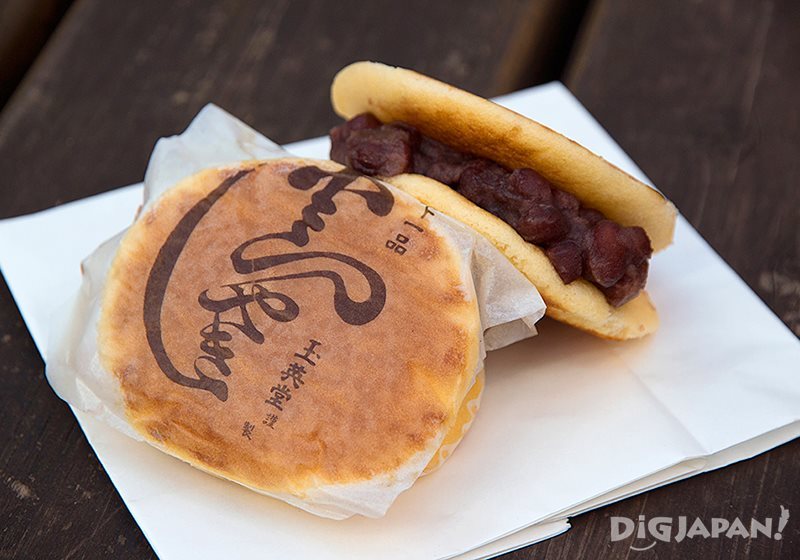
Information
Gyokueidou | 玉英堂Hours: 9:00am-9:00pm, Sundays and holidays 9:30am-5:00pm
Address: 2-3-2 Nihonbashi Ningyocho, Chuo-ku, Tokyo (Open Map)
Savor the Sweet Taste of Edo at Tsukushi
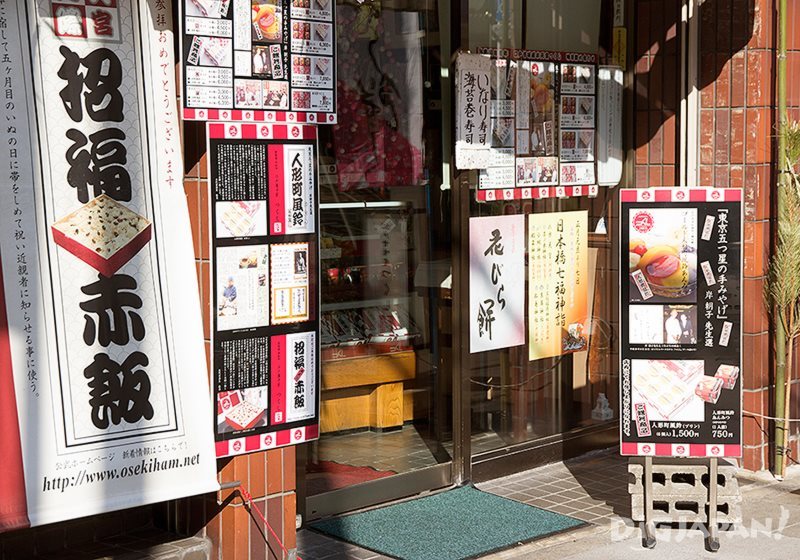
Tsukushi is an Edo confectionery shop that first opened in 1887. Their specialty is the Ningyocho pudding (550 yen), prepared using a 100 year old recipe. The pudding alone is worth a trip to Ningyocho; it's a firm, thick and smooth custard topped with bitter caramel. Try it on its own or with a bowl of anmitsu in the little cafe at the back of the shop, or bring it home and enjoy it later. Tsukushi also serves other traditional and seasonal dishes.
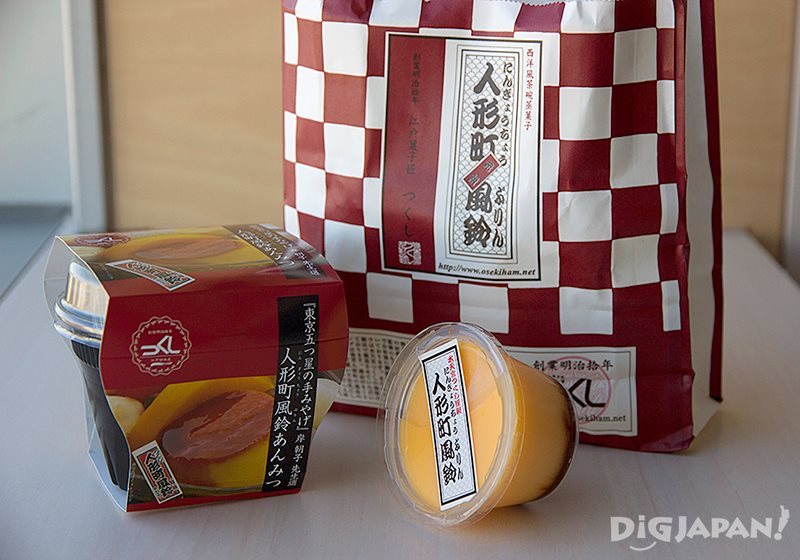
Information
Tsukushi | つくしHours: shop 8:00am-8:00pm, cafe 10:30am-6:00pm
Sunday and holidays: shop 8:00-5:00pm, cafe 10:30am-4:00pm
Address: 2-1-12 Nihonbashi Ningyocho, Chuo-ku, Tokyo (Open Map)
Enjoy a Crunchy Traditional Snack at Soukaya

Come here in the morning and you’ll be able to watch the owner while he hand-grills senbei, a kind of rice cracker, in a corner of the store.
Since 1928, Soukaya has maintained their traditional recipe in this senbei shop. The two most important things when making senbei, they say, are steaming the rice using seiro (a kind of Japanese steamer) and grilling the senbei over bincho-zumi (a traditional charcoal dating back to the Edo period).
Among all the shapes and flavors that you will find, their hand grilled senbei is the best seller along with okoge (scorched rice).
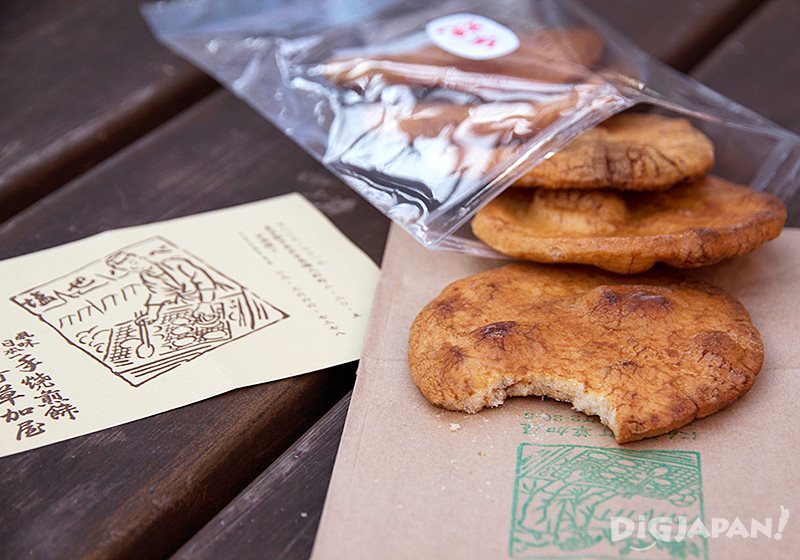
Information
Soukaya | 草加屋Hours: 9:00am-6:00pm, Saturdays 10:00am-5:00pm
Address: 2-20-5 Nihonbashi Ningyocho, Chuo-ku, Tokyo (Open Map)
Grab a Unique Handmade Accessory at Yuuma

You might not think much of this little souvenir shop as you walk past it, but you’re in for a surprise! Yuuma has been featured in both a drama and a movie! The reason for its popularity is the handmade items that are sold here and the love with which they are crafted. Yuuma’s makers really put their soul into their creations, hoping to strengthen the bond that Japanese people have with their own culture and traditions.
Here you’ll find bags and purses, accessories, cute cat dolls and all kinds of objects made with brightly colored Japanese fabrics. Yuuma is a great place to visit if you want to bring an authentic piece of Japan back home.
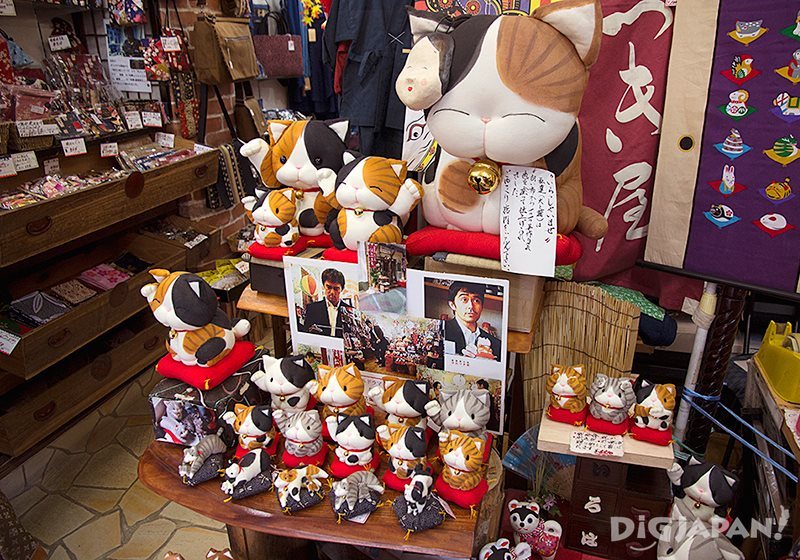
Information
Nihonbashi Yuuma | 日本橋ゆうまHours: 10:30am-6:30pm
Address: 2-32-5 Nihonbashi Ningyocho, Chuo-ku, Tokyo (Open Map)
Website (Japanese only): http://www.yuma-oda.com/
Wind Down With the Aroma of a Hundred Teas at Koume Chasou
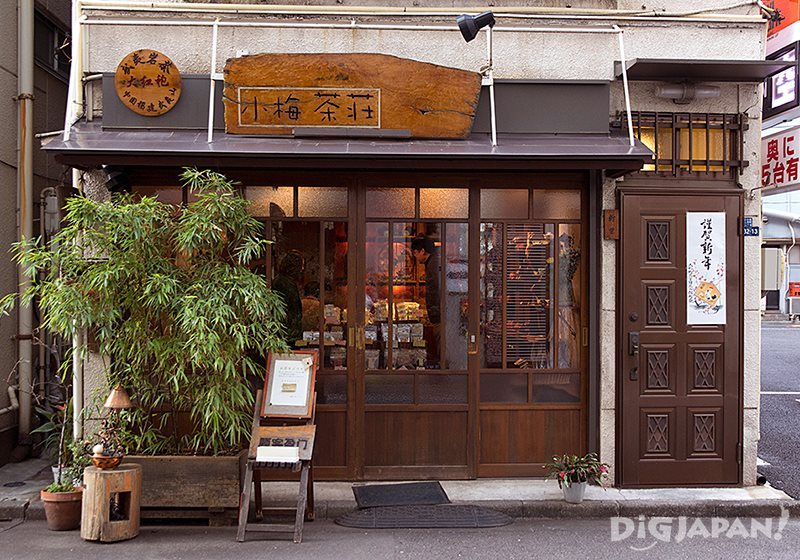
This shop is tucked away in one of the side alleys.
Japan is not the only Asian country with a century-old tea tradition and you’ll find the proof at Koume Chasou. They sell an assortment of teas and teaware from China and Taiwan. The friendly woman working here might invite you to sit down with her at a small wooden table. You can watch her while she skilfully prepares her tea choice of the day. Leave the big city behind while you enjoy the aroma and flavor, maybe with one or two locals sitting next to you, while the shop owner’s cat purrs softly in a corner. If you’re not sure about what kind of tea you should try, they sell mixed packs for 2,000 yen.
 Tasting some Taiwanese “High Mountain Tea”(高山茶)
Tasting some Taiwanese “High Mountain Tea”(高山茶)
Information
Koume Chasou | 小梅茶荘Hours: 10:00am-7:00pm, usually closed on Sundays and holidays
Address: 2-32-13 Nihonbashi Ningyocho, Chuo-ku, Tokyo (Open Map)
Website (Japanese only): http://teachina.exblog.jp/
Take a Break in the Green at Hamacho Green Road
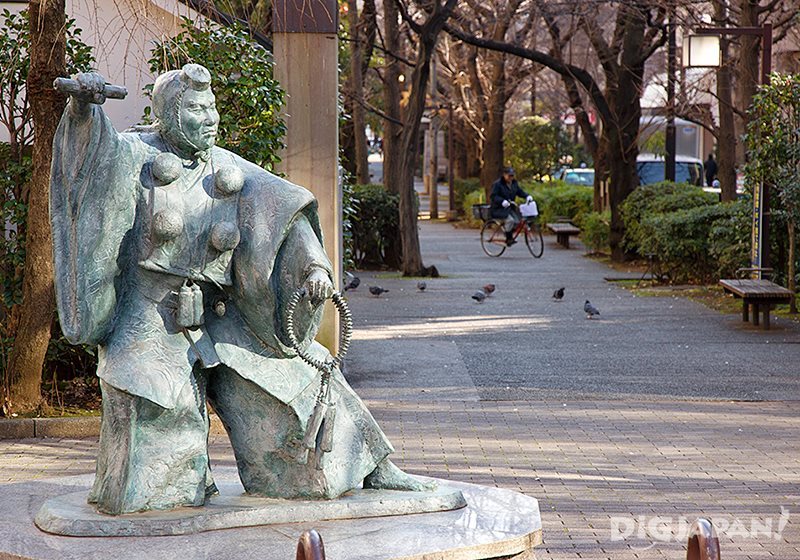
After walking around all day you’ll probably want to rest your legs and maybe eat some of all those sweets and snacks that you just bought. Head to this little green path right at the end of Amazake Yokocho, where you’ll find benches to sit on (a very rare thing in Japan) and a public toilet. Since you’re here you can also snap a selfie with the statue of Benkei, a character from the Kabuki Play Kanjincho.
Information
Statue of Benkei at Hamacho Green Road | 勧進帳の弁慶像Address: 2-36 Nihonbashi Ningyocho Chuo-ku, Tokyo (Open Map)
Events
Ningyocho's main festivals and events are the Amazake Yokocho Festival (March), the Suitengu shrine Festival (May), the Ningyocho Chinaware Market (August), the Tokyo Bay Grand Fireworks Festival (August), the Oedo Matsuri Bon Odori Festival (August), the Ningyocho Ten-Ten Festival (October), the Doll Market and Radish Market (October), the Tori-no-Ichi (November) and the Ningyocho New Year Decoration Market (December).If you come in January you can take part in the Shichifukujin Meguri, a pilgrimage of seven temples in the Ningyocho area to worship the Seven Lucky Gods. You can find the map and information here: http://www.ningyocho.or.jp/english/walk-course/index.html
How to get there
Ningyocho station is just 2 minutes from Akihabara and 6 minutes from Ueno on the Tokyo Metro Hibiya Line. It’s also 6 minutes from Asakusa on the Toei Asakusa Line.If you're visiting Tokyo and are curious to see something more than the usual tourist attractions, you should definitely pay a visit to Ningyocho. It's amazing to see how old and new can coexist in such a big metropolis!
About the author
Laura is an Italian living and working in Tokyo. She loves exploring hidden and unknown places, taking pictures and listening to Punk Rock music. When she’s not busy doing the above, she might enjoy a craft beer or play the sanshin (an Okinawan instrument similar to a shamisen).

Liked this story? Like DiGJAPAN!
on Facebook for daily updates!
THIS ARTICLE IS BASED ON INFORMATION FROM 02 03,2017 Author:DiGJAPAN! Editorial Team













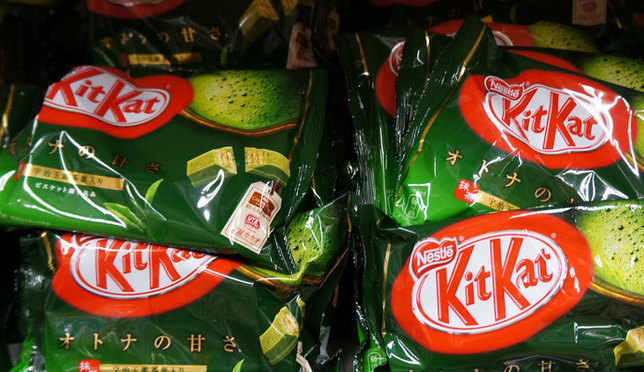
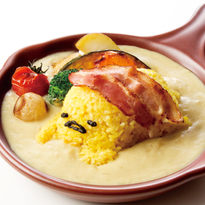


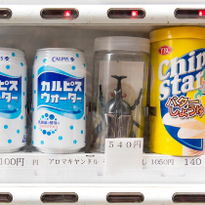




NEW COMMENT | 0 COMMENTS
Open a DiGJAPAN!
account to comment.
Open a DiGJAPAN! Account